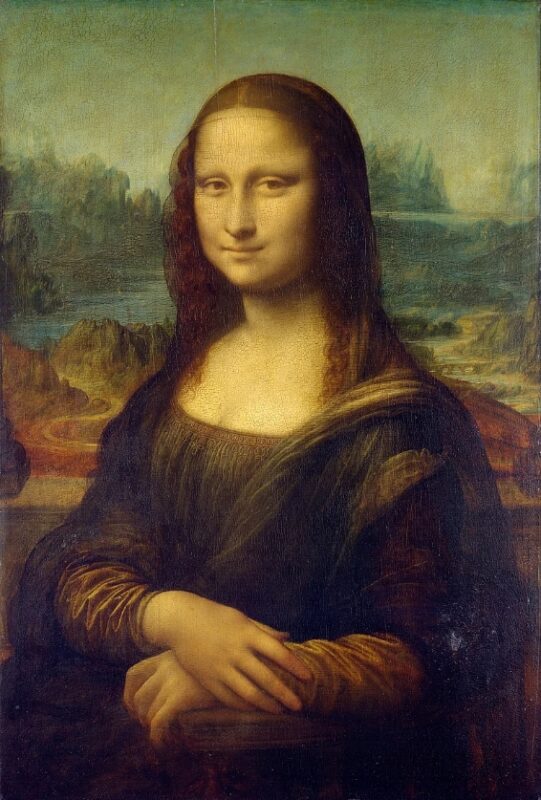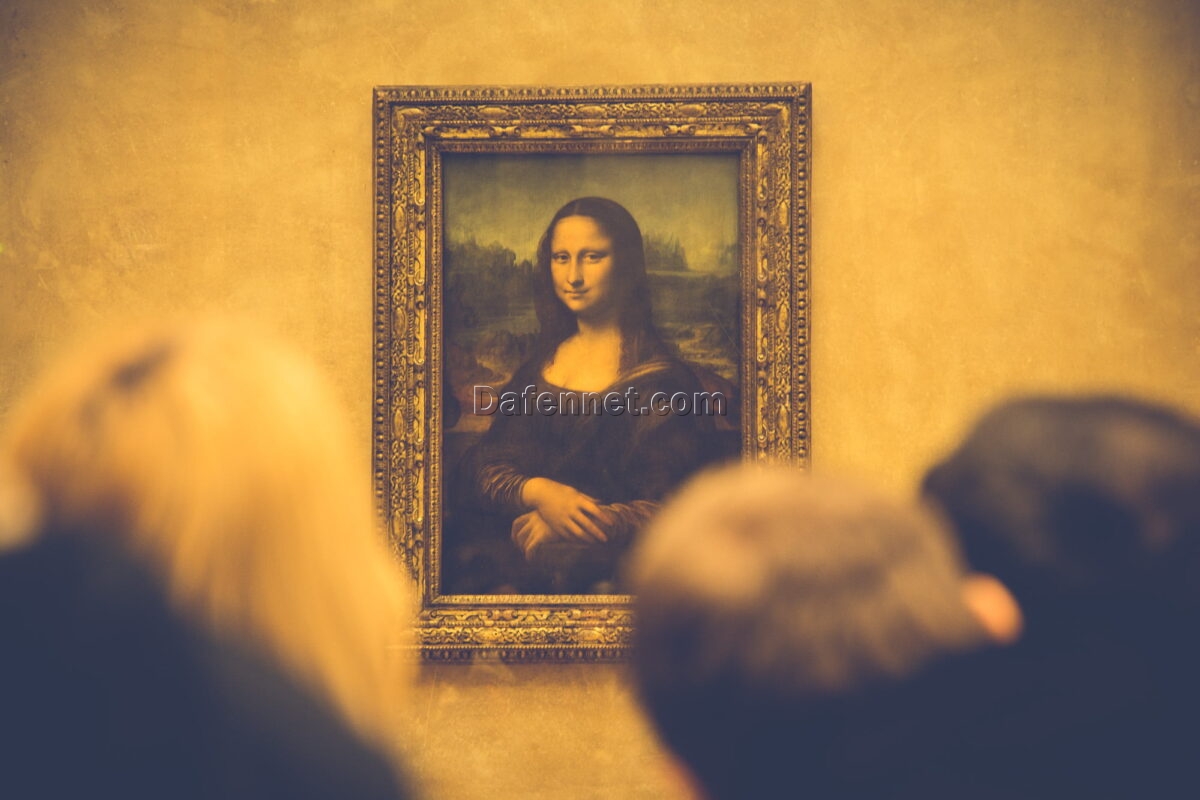Dafen oil painting Village, oil paintings
The Mystery of Mona Lisa’s Smile: Decoding the World’s Most Famous Expression

For centuries, the Mona Lisa’s smile has captivated artists, historians, and the public alike. What’s the secret behind her enigmatic expression? Is she smiling, or is it something more? The mystery has only deepened over time, but recently, scientists have used cutting-edge technology to attempt a solution. Using advanced emotion-recognition software, researchers from the University of Amsterdam and the University of Illinois set out to analyze the iconic smile of Leonardo da Vinci’s masterpiece—and their findings are nothing short of fascinating.
According to the analysis, Mona Lisa’s smile encompasses four distinct emotions: joy, disgust, fear, and anger. But the predominant emotion? Joy—83% of her expression, to be precise. The rest is a mix of discomfort (9%), fear (6%), and just a tiny bit of anger (2%). It seems that beneath that mysterious smile, happiness is the dominant feeling.
However, let’s take a step back. While the findings are intriguing, there’s a catch. The emotion-recognition software was designed for analyzing modern digital images, not centuries-old paintings. This means that while the software suggests that joy is the dominant emotion, it can’t capture the more nuanced expressions that have led to a range of interpretations. Could there be more hidden in her expression, like irony, seduction, or perhaps a subtle critique? Only time—and future technological advancements—will tell.
Mona Lisa’s smile has been the subject of countless theories over the years, from the suggestion that she was hiding a missing tooth, to claims that she was pregnant, or even that she was a high-class prostitute. Some have even speculated that her smile is a visual trick of the light, made possible by Da Vinci’s mastery of shadows.
But in today’s digital age, we can’t help but wonder: Could emotion-recognition technology hold the key to finally understanding the true meaning behind that captivating smile? While the research is still in its early stages, it opens the door to a new frontier in art analysis—where science and creativity intersect.
Mona Lisa’s smile isn’t just an expression captured in oil paint. It’s a symbol of how far technology can take us in unraveling the mysteries of the past. And maybe, just maybe, the Mona Lisa’s smile isn’t just about what she’s feeling—it’s about how we, as viewers, perceive her.
In an era where art, science, and technology collide, the Mona Lisa’s smile is just the beginning of a new conversation. Could we be on the brink of understanding her like never before? The search for the truth continues.

